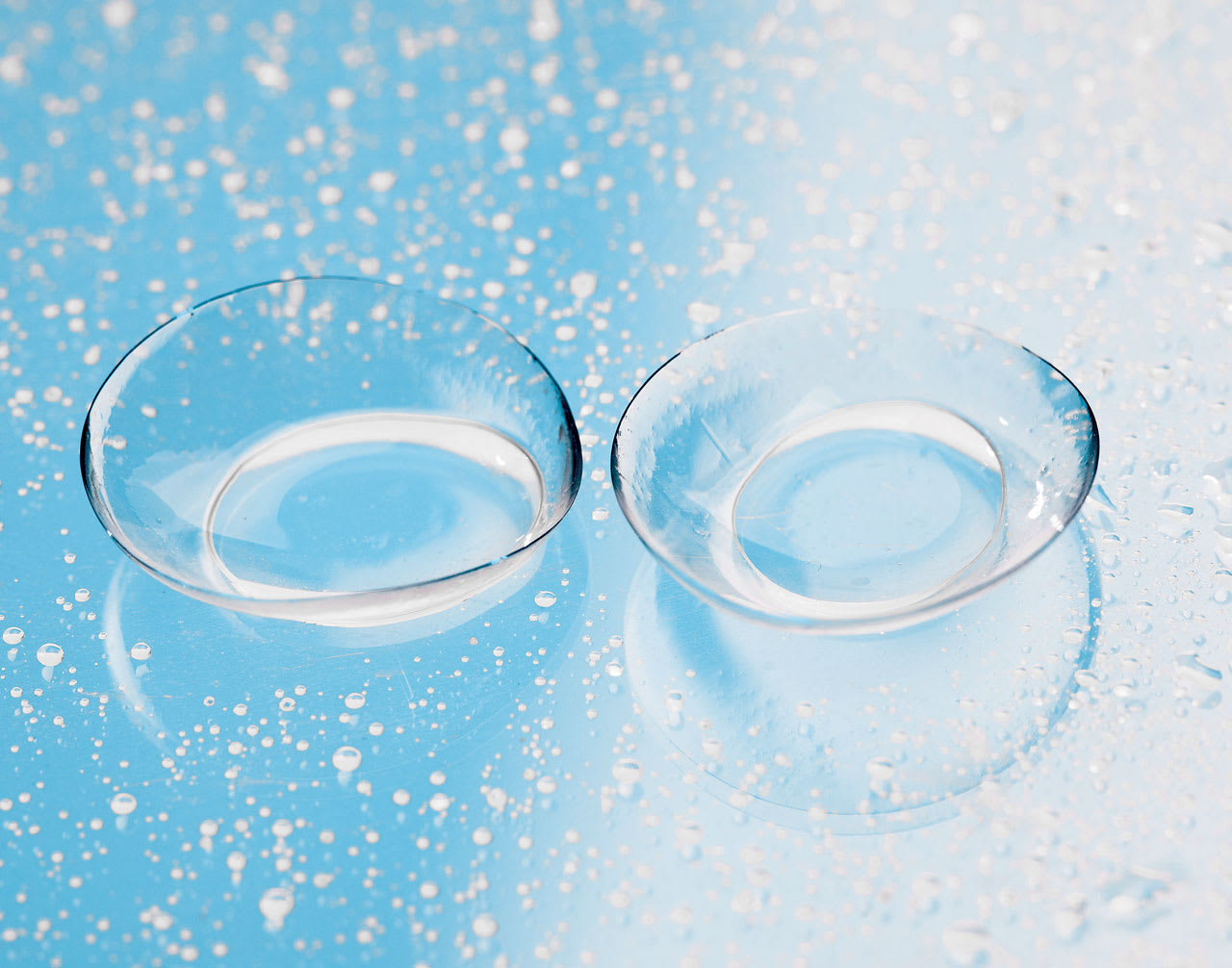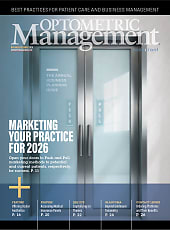IT IS COMMON KNOWLEDGE in the scleral lens world that patients must use nonpreserved saline to fill the bowl of their scleral lens prior to application, but there is often confusion over the many options available to patients. Pairing patients with the appropriate saline can impact their corneal health, comfort, and even midday fogging. However, due to recent manufacturing recalls and backorders, patients can be left scrambling to find a substitute that will closely resemble the preservative-free saline that works best with their ocular surface.

The 3 main categories of preservative-free saline options are nonbuffered, buffered, and electrolyte-enhanced buffered saline. Nonbuffered preservative-free saline is widely available and often offered at a lower cost to the patient, but the pH may vary between brands and some patients may experience stinging if they are pH sensitive. Buffered preservative-free saline is pH balanced to closely resemble tears, which can provide better comfort for pH-sensitive patients but can come at a high cost and in a slightly larger bottle. Electrolyte-enhanced buffered saline mimics the natural tear chemistry and may reduce epithelial cell sloughing, therefore reducing a potential cause of midday fogging, but usually is the most expensive of the 3 options.
When trying to match the saline to the patient in the chair, practitioners must consider the underlying condition of the person wearing the scleral lens. Those who have ocular surface disease may do better with a buffered or electrolyte-enhanced saline. However, patients who are sensitive to cost and have an otherwise healthy ocular surface with an irregular corneal shape may do well with a nonbuffered vial of preserved saline.
Some patients may make mistakes that can result in corneal health issues, such as incorrectly using preserved multipurpose saline, which can cause corneal toxicity and discomfort. Patients may be tempted to reuse single-use preservative-free vials of saline in an effort to reduce cost, which puts the patient at risk for microbial infections (Jeong et al, 2021).
The bottom line is that choosing a saline solution for scleral lens wear is not a one-size-fits-all approach. When possible, provide information about the various options to patients or even offer them free samples. Always emphasize the importance of using preservative-free saline for scleral filling. Recommending the appropriate filling solution for patients can mean healthier corneas and longer wear time, and can even prevent scleral lens discontinuation.
Reference
1. Jeong M, Lee KL, She RC, Chiu GB. Microbiological evaluation of opened saline bottles for scleral lens use and hygiene habits of scleral lens patients. Optom Vis Sci. 2021;98(3):250-257. doi: 10.1097/OPX.0000000000001657



